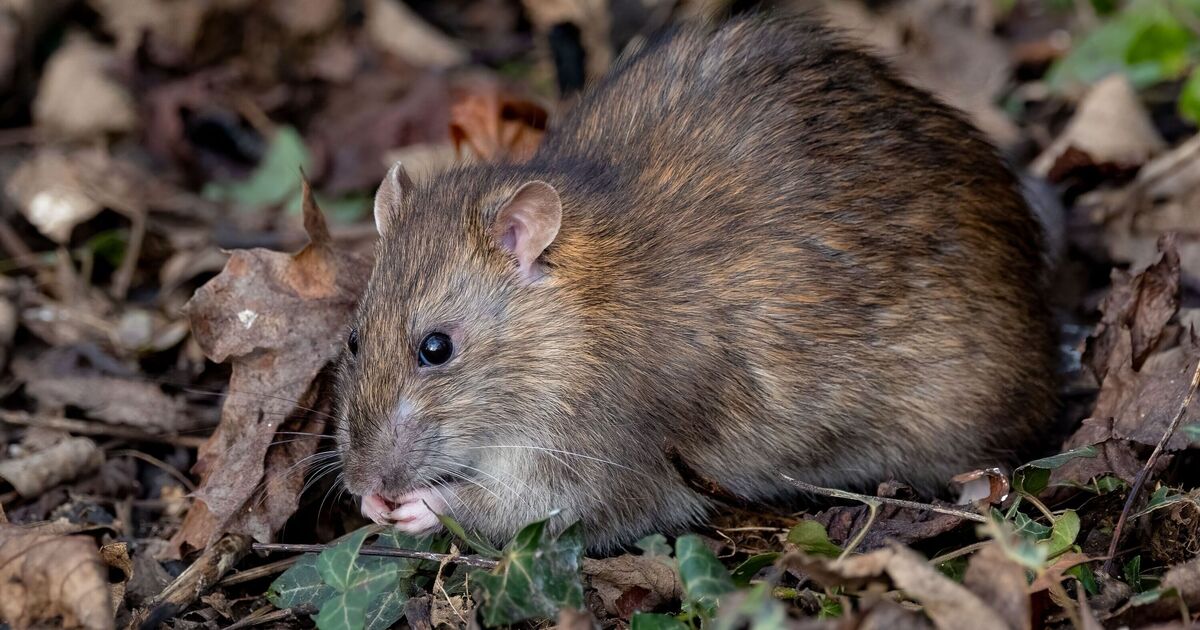Nobody wants rats in their garden, but unfortunately, the rodents often like to welcome themselves into people’s spaces. Although small, rats are a big hassle as they can spread potentially serious diseases such as leptospirosis, which can result in Weil’s disease. Not only that, but the pests very much ruin gardens by feeding on crops including root vegetables, such as carrots and potatoes.
The animals are mostly nocturnal, so there is a high chance they won’t be seen. They also tend to set up camp in places such as beneath decking, in sheds, greenhouses, and compost bins, making it even harder to deal with. Fortunately, there are a number of things you can look out for if you suspect the pests have invaded your garden.
Indications of rats in the garden, as featured on gardenersworld.com include:
- Runs – greasy tracks alongside walls, fences or buildings – are up to 10cm wide
- Cylindrical droppings (around 15mm long and 5mm wide)
- Gnawed wood (especially where food is stored) or plastic, for example to access a compost bin
- Parallel teeth marks in crops such as sweetcorn or potatoes
- Signs of a rats nest in garden – this could be a heap or loose ball of soft or shredded materials, made up of garden materials such as sticks and leaves, or paper and cardboard
- Burrows – signs of rats include a hole with a smooth opening around 6-9cm across, which could be the entrance to a rat’s tunnel
However, if you have spotted any of the above, don’t worry as there are some things you can do to get rid of the rodents including removing one simple thing from your garden.
Rats like to feed on grains, including the ones that have fallen from the bird feeders placed in your gardens. If you suspect a rat infestation in your garden, then the best thing to do would be to remove the bird feeders.
Rats need food, water, and shelter to survive, the removal of one of those things will make them less likely to remain in your garden.
If you still want birds to come to your garden, keep bird food in secure containers.

